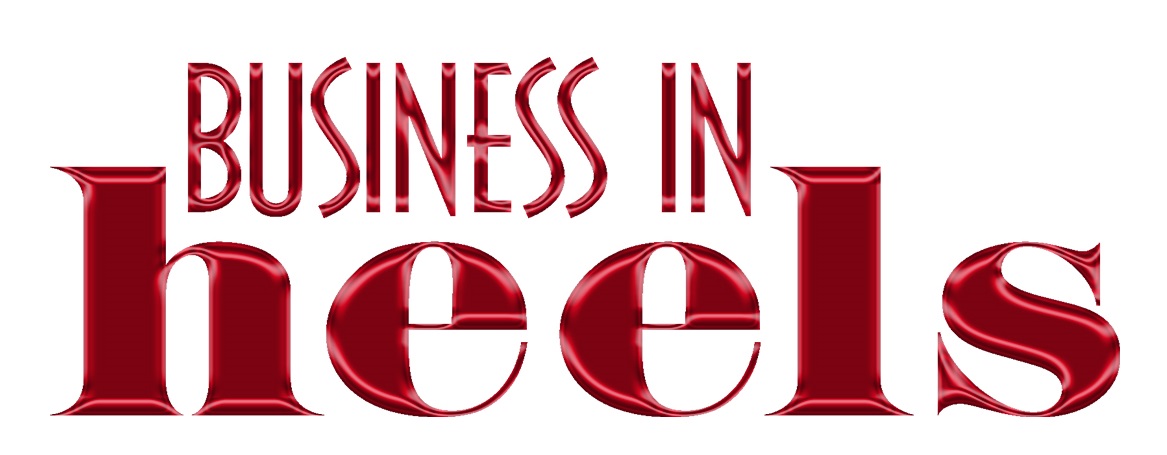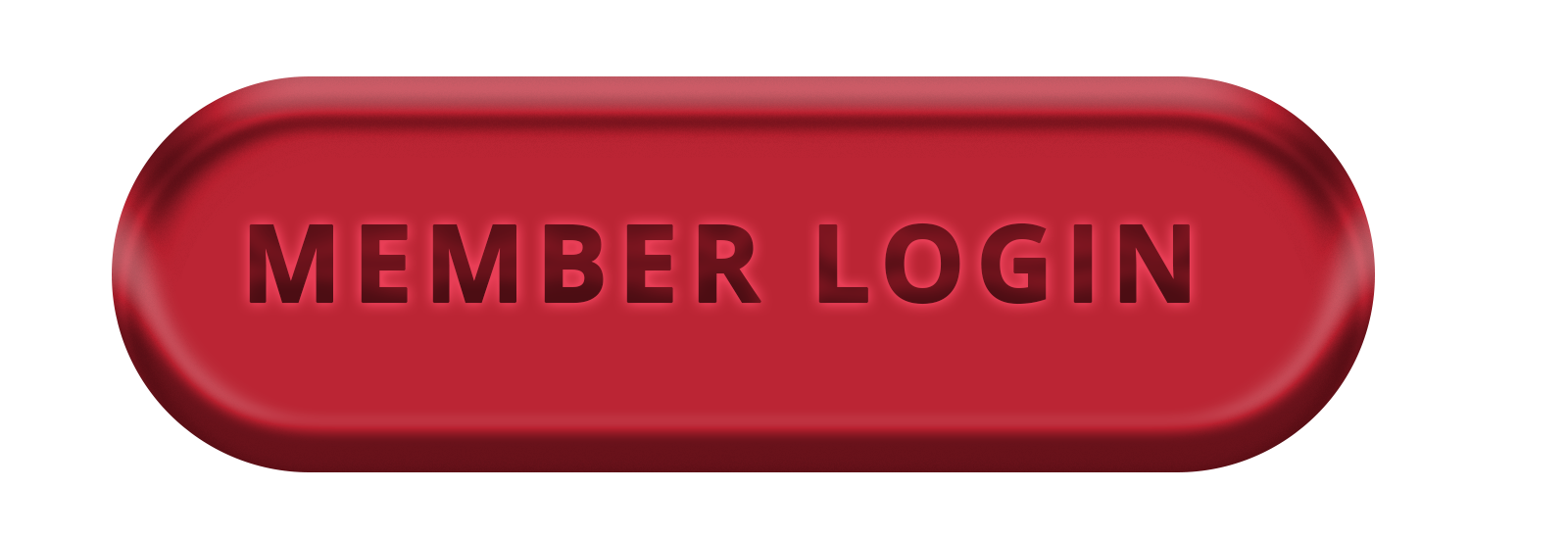
Unconscious Bias: Yes, You Have It Too
(Don’t Worry, So Does Everyone Else)
Let’s talk about unconscious bias—that sneaky voice in your head that assumes Karen in HR brings cupcakes to every meeting or that Dave in IT lives in his mom’s basement. Spoiler: Karen’s gluten-free, and Dave crafts artisanal furniture on the side.
Unconscious bias isn’t a moral failing; it’s your brain taking shortcuts. With billions of bits of information to process every second, your brain goes into autopilot, forming snap judgments based on familiar patterns. Handy for avoiding snakes—not so great for making fair decisions.
Why Do We All Have It?
Blame evolution. Thousands of years ago, biases helped us survive. Trust your tribe, be wary of outsiders, protect your mammoth roast. Fast forward, and your brain still categorizes people into “safe” and “unknown” territory. Now, it might think, “This person wears Crocs—probably not leadership material.” (Relax, Croc fans.)
How Bias Plays Out
Picture this: Bob, who reminds you of your chatty uncle, pitches a bad idea, and you nod along. Priya, quiet but brilliant, shares something groundbreaking, but you barely notice. Familiarity feels safe, so Bob gets your attention, while Priya’s genius is overlooked.
Outsmarting Bias
- Laugh at Yourself: Realizing your assumptions (like Karen baking) is the first step.
- Slow Down: Autopilot works for your commute, not hiring decisions.
- Ask Questions: Why do I feel this way about Crocs?
- Challenge Yourself: Breaking bias requires conscious effort.
Unconscious bias isn’t about being bad—it’s about being human. So, laugh at your brain’s quirks, stay curious, and remember: Karen’s probably into kale chips anyway.
What Are Your Workplace Biases? Take our short survey and see
Want to keep challenging yourself? Sign up for our bi-monthly Unconscious Bias Survey
Need help in your workplace? We are here to help you develop and implement best practices. Chat with our team today.

Managing a Team with Unconscious Bias
A Manager’s Guide
Unconscious bias—it’s like the nosy neighbor of the mind, constantly judging without an invitation. These automatic assumptions, shaped by culture and experience, can disrupt team harmony, productivity, and morale. As a manager, you’ve got the ultimate superhero cape: the ability to tackle bias and build inclusivity.
Recognizing Bias in Action
Bias often sneaks in wearing disguises, like:
Unequal Participation: The loudest voice gets the floor while quieter teammates remain sidelined.
Stereotyped Tasks: “Let’s give the spreadsheet to Mark. He’s good with numbers, right?”
Microaggressions: Gems like, “You’re surprisingly articulate for someone your age.”
Confirmation Bias: Nodding vigorously at ideas from people who remind you of…well, you.
Fostering Awareness
It’s time to face bias head-on:
Set the Tone: Announce that fairness and inclusivity are as non-negotiable as coffee in the breakroom.
Normalize the Conversation: Bias is human, but leaving it unchecked is like letting bad karaoke go on too long—it gets messy fast.
Show, Don’t Tell: Use examples or data to spotlight disparities.
Encourage self-reflection with tools like implicit association tests (IAT), and give feedback focused on actions, not labels. Saying, “I noticed this pattern,” works better than, “You’re biased.”
The Social Contract: Your Secret Weapon
For the ultimate fix, co-create a “social contract” with your team. Think of it as a group manifesto:
How do we communicate?
What’s cool and not cool here?
What are our shared values?
This pact empowers everyone to call out bad behavior—politely, of course—and fosters a team culture where respect rules.
Progress, Not Perfection
Bias won’t vanish overnight, but every step counts. Lead with humor, humility, and determination, and soon your team will be the workplace equivalent of a well-rehearsed flash mob: harmonious, inclusive, and inspiring.

